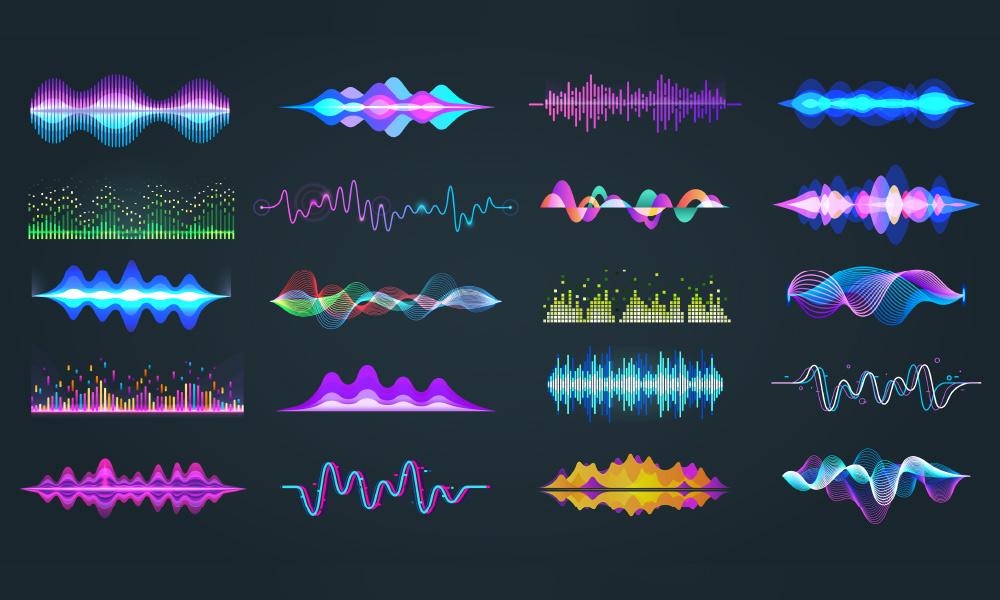Breaking the symmetry of sound waves allows the sound to be directed to a certain place
According to UC3M research
11/29/21
Research undertaken by the Universidad Carlos III de Madrid (UC3M) has concluded that sound can be directed to a certain place if the sound waves’ symmetry is broken. In order to carry out this work, recently published in the Nature journal, researchers used the whispering gallery phenomenon, a circular, vaulted room in which you can hear what is being said in a specific part of the room from anywhere, even if it is being whispered.

In order to undertake this research, the research team created an artificial whispering gallery in the laboratory that reproduces the same type of effects. Once developed, they added two elements to break the symmetry of the waves, which is what makes it possible to hear the sound from anywhere in the room. On the one hand, they added gain, which allows the waves to be selectively amplified, and, on the other hand, they added topology, which allows the waves to circulate in the desired direction.
“By using specific geometric arrangements, such as topology, we broke this rotational symmetry so that the sound can slide through the whispering gallery in a fully controlled manner. In addition, we also added gain, a property that allows the wave to be amplified in order to break the chiral symmetry (an object’s property of not being superposable with image)”, notes one of the researchers, Johan Christensen, from the UC3M’s Department of Physics.
These laboratory tests have demonstrated that when these elements are applied, the resulting sound resembles to the sound of a high-intensity laser beam. This effect could have a significant impact on highly controllable sound guidance and sound direction and could be applied in medical and industrial imaging. In addition to this, this process could also be carried out using other types of subjects, such as light, in future research.
This study was developed with Nanjing University (China), where empirical research tests were conducted. “While at the UC3M, we developed the theory to help us acquire a basic understanding of the physics involved, the work carried out by our Chinese collaborators consisted of wrapping carbon nanotube film around the artificial network elements that form the whispering gallery and connect them to the appropriate electrical circuitry,” explains Christensen.
This study was carried out within the framework of PHONOMETA (Frontiers in Phononics: Party-Time Symmetric Phononic Metamaterials), a European Research Council (ERC) Starting Grant that is being directed by Johan Christensen (GA No.: 714577).
More information:
Hu, B., Zhang, Z., Zhang, H. et al (2021). Non-Hermitian topological whispering gallery. Nature 597, 655–659 (2021). https://doi.org/10.1038/s41586-021-03833-4